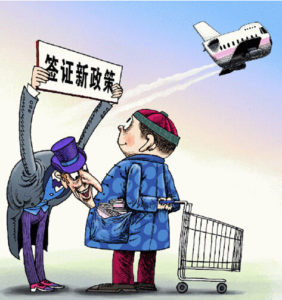IN APRIL 2014, Xi Jinping made the first ever visit by a Chinese head of state to the European Institutions in Brussels. In a speech cum Chinese history lesson at the Collège d’Europe in Bruges, Xi called on Europeans to ‘work together for all flowers of human civilization to blossom together’.
That same month, China’s Ministry of Foreign Affairs issued a policy paper on the European Union (EU) titled ‘Deepen the China–EU Comprehensive Strategic Partnership for Mutual Benefit and Win-Win Cooperation’. It said the partnership was important ‘in China’s efforts to pursue peaceful development and multi-polarity [in] the world’. It did not require a cynical reading to note that the paper distinguished the EU from the US and promoted a bilateral relationship that, in the name of ‘multi-polarity’, could potentially divide the ‘West’ and strike a blow at US interests. Whatever the underlying thinking behind China’s policies towards Europe, the EU remains China’s biggest trading partner and both sides remained committed to developing that relationship.
China’s Europe policy has long been to engage with the EU and its institutions in Brussels while maintaining equally active bilateral relations with its larger member states. China likes the fact that the EU is big and rich yet has no military aspirations in Asia. But Europe has no illusions that it is China’s top foreign affairs priority. China must devote considerable time and energy to handling sometimes-tetchy relations with fourteen land neighbours including Russia (see Forum ‘Xi, Putin and the Trouble with Crimea’, p.94), the other ASEAN nations, Japan and the US. This results in competition between member states of the EU as they vie for China’s attention, challenging the cohesiveness of the EU’s policy. The Chinese government encourages this competition, meting out special favours to European countries by turn, though Germany — Europe’s economic powerhouse — remains a preferred partner.
In December 2013, ministers of EU member countries approved the deal struck by European Commission negotiators in August that year to end the biggest trade dispute in history: an anti-dumping case stemming from China’s subsidies to solar panel producers. Chinese diplomats in the EU said privately that Chinese bureaucrats had finally accepted that not every European issue could be worked out in Berlin. In this case, it took an hour-long telephone conversation between Premier Li and European Commission President José Manuel Barroso to pave the way for a negotiated settlement.
The year 2013 ended on a high note, with the presidents of the European Council — a forum for discussion between EU leaders — and the European Commission in Beijing for the Sixteenth EU–China Summit that was formally hosted by Premier Li Keqiang, but, unusually, included an equally long meeting with Xi Jinping. The new-style summit document included a prospectus on EU–China engagement to 2020, listing close to one hundred broad-ranging areas for co-operation. These included everything from maritime security to emissions trading schemes and exchanges in the field of low-carbon energy technologies, infrastructure development, trade and investment, food security and cultural and academic exchanges.
Although the EU treated the prospect of an FTA with circumspection, China wants an FTA and will keep the issue on the table and in the press. Despite the breadth of the 2020 ‘roadmap’ and the existence of around seventy regular bilateral dialogues covering a whole spectrum of government business, for China the relationship remains primarily about trade and investment. In addition to trade, Chinese companies have been actively investing in Europe with 120 reported acquisitions in 2013 alone. The British Ambassador to China, Sebastian Wood, told Xinhua in July 2014 ‘within the space of eighteen months we have seen as much investment [in the UK] from China as we had in the previous thirty years’. Negotiations are also underway for a new bilateral investment treaty, although the Europeans want to secure the sort of access to Chinese markets that would make it worth their while. This is likely to make the negotiations difficult and protracted.
As the 2013 EU–China Summit wrapped up, Li Keqiang, to the annoyance of senior officials in Brussels, jumped on a plane to Romania for another meeting. This was with representatives of sixteen European countries, including eleven EU member states as well as Serbia, Montenegro, Albania, Bosnia and the Republic of Macedonia. Brussels had repeatedly asked both sides in this ‘summit’ not to institutionalise this arrangement, now in its second year and involving a variety of interim ministerial-level meetings. Brussels is uneasy both about the creation of such a large and unco-ordinated European Union subgroup, and the fact that the agenda of their meetings is dictated entirely by China. But it has indeed been institutionalised, as the summit for Co-operation Between China and Central and Eastern European Countries (CEEC), and will continue to meet regularly. As with the EU proper, there is real interest here on both sides in trade and investment opportunities. CEEC is also looking into the idea of a ‘Eurasian land bridge’, an economic corridor connecting China, Russia, Central Asia and Eastern Europe.
This engagement with countries that have little political leverage and are desperate for infrastructure financing offers an easy way for China to buy into Europe on its own terms. Viktor Orban’s Hungary allows on-going, permanent residency to anyone from China willing to tie up €250,000 in Special Hungarian Government Bonds for five years. Such permanent residence, in turn, provides mobility throughout the Schengen area (all EU member countries except Bulgaria, Croatia, Cyprus, Romania, Ireland and the UK). And, a positive angle for China, but negative for the EU, is that discussion of human rights never gets onto the agenda of the meetings with the CEEC countries.
Diplomats from some of the countries involved acknowledge the risks that dealing with China in this way can undercut joint policy positions. China is offering a US$10 billion investment fund for soft loans to the countries involved in CEEC that would be in direct conflict with EU policy. None have yet taken up the offer. At the same time, the arrangement gives each of the sixteen Heads of Government (who could not otherwise guarantee any access to the Chinese leadership) a private half-hour meeting with the Chinese premier. China may well invite others to join CEEC, or similar groupings, in future. The People’s Republic has already been putting out feelers to others, including six southern EU members (Italy, Spain, Portugal, Greece, Cyprus and Malta), who met with Chinese representatives as a group at the Food and Agriculture Organisation of the United Nations last year.
Those eleven EU countries in the CEEC arrangement maintain that the new group is useful for them because the interests of Germany, France and the UK overwhelmingly guide EU policy towards China. Nearly half of European trade with China is actually German trade; the German Chancellor Angela Merkel enjoys frequent contact with Chinese leaders. Hans Kundnani of the European Council for Foreign Relations wrote that ‘Europe’s future relationship with China will be determined by Germany’s rapidly evolving bilateral relationship with China. The danger of this new special relationship is that it could undermine [broader] European strategic and economic interests.’ In fact, there is little difference between German goals for China and overall EU policy, but the intense political engagement, with over sixty bilateral dialogues between Germany and China alone, including a full executive-to-executive consultation process not replicated by any other European country, leads to the risk — or at least the perception — that China will prioritise Berlin over Brussels. Li Keqiang’s first overseas trip, in May 2013, took him to Germany, but no other EU country.
At the moment, France also enjoys high status with China. Following his attendance at the Nuclear Summit in The Hague from 24–25 March 2014, Xi Jinping visited Lyon and Paris. Putting 2008’s diplomatic spats over Olympic torch relays and visits by the Dalai Lama behind them, Chinese and French leaders cordially celebrated fifty years of diplomatic relations with a strong push for increased bilateral trade and investment, reportedly signing some fifty deals with a total value of €18 billion.
As for the UK, relations were frozen for sixteen months following Prime Minister David Cameron’s meeting with the Dalai Lama in London in May 2012. Although Xi did not visit London on his 2014 trip to Europe, and the UK press has reported a rift in the Cabinet over UK policy towards China, Xi and Cameron did meet in Beijing in December 2013. And in June 2014, Li Keqiang made a three-day visit to London, where he signed deals worth £14 billion, including ones between BP and Royal Dutch Shell on the one hand, and the China National Oil Offshore Corporation on the other.
Yet political tensions remained. Ahead of Li’s visit, Deputy Prime Minister Nick Clegg told the media he had no regrets about meeting the Dalai Lama and accused Beijing of ‘systematic human rights abuses’. Li spoke of wanting to address ‘misperceptions and ease misgivings’. Yet, shortly before the Chinese Premier arrived in London, Beijing put out a diplomatically assertive white paper that raised questions about Hong Kong’s autonomy. There was no evidence that his hosts raised the issue during their meetings. The joint statement issued by both parties at the end of the visit, however, did affirm the principle of ‘One Country, Two Systems’ for Hong Kong enshrined in the bilateral 1984 agreement over Hong Kong’s future under Chinese sovereignty.
Political frictions aside, according to the Pew Research Global Attitudes Project, some forty-eight percent of UK citizens have a favourable attitude toward China (compared with twenty-eight percent in Germany and five percent in Japan, for instance). London’s endorsement of free trade also makes the UK a favoured investment destination for China’s companies in Europe. Nearly half of the Chinese students enrolled in tertiary institutions in the EU are in the UK.
British press commentators writing about Li’s visit to the UK, meanwhile, wondered why the Queen, who has barely any political role in the UK, appeared to be an important part of the itinerary. Rumour had it that Li had threatened to cancel the trip if the Queen didn’t receive him. If true, some suggested it might reveal a continued status anxiety on the part of the Chinese leadership. Or maybe it was just that if there is one thing that interests a Party apparatchik, it is a head of state who has lasted unchallenged for over sixty-two years.
Notes
Xi Jinping 习近平, ‘President Xi’s speech at the College of Europe’, China.org.cn, 1 April 2014, online at: http://www.china.org.cn/world/2014-04/04/content_32004856.htm
‘China’s Policy Paper on the EU: Deepen the China-EU Comprehensive Strategic Partnership for Mutual Benefit and Win-win Cooperation’, Ministry of Foreign Affairs of the People’s Republic of China, 2 April 2014, online at:
http://www.fmprc.gov.cn/mfa_eng/wjdt_665385/wjzcs/t1143406.shtml
‘Case AD590 — Solar panels (Crystalline silicon photovoltaic modules and key components)’, online at: http://trade.ec.europa.eu/tdi/case_details.cfm?ref=ong&id=1895&sta=21&en=31&page=2&c_order=date&c_order_dir=Down
‘EU-China 2020 Strategic Agenda for Cooperation’, 21 November 2013, online at: http://eeas.europa.eu/china/docs/eu-china_2020_strategic_agenda_en.pdf
‘China, EU pledge stronger trade links at leaders’ Summit’, Xinhua, 22 November 2013, online at: http://www.china.org.cn/china/2013-11/22/content_30682592.htm
Deng Xiao Tian 郭小天, ‘British Ambassador to China gives exclusive interview to Xinhua’, Xinhua, 2 July 2014, online in English at: http://news.xinhuanet.com/english/china/2014-07/02/c_133455046.htm; online in Chinese at: http://news.xinhuanet.com/world/2014-07/02/c_126700047_2.htm
‘EU and China hold investment talks ahead of President Xi Jinping visit to Brussels’, European Commission IP/14/291, 24 March 2014, online at: http://europa.eu/rapid/press-release_IP-14-291_en.htm
There are ‘national coordinators’ in each country. For China this is Vice Foreign Minister Wang Chao 王超. View the press release from the third national coordinators’ meeting online at:
http://www.fmprc.gov.cn/mfa_eng/wjbxw/t1156251.shtml
View details online at: http://www.residency-bond.eu. The Hungarian government originally published an explanatory note online at: http://www.mfa.gov.hu/NR/rdonlyres/1A5BB49E-75C4-429D-A6E0-0D3E753838BC/0/program_overview_EN.pdf
Hans Kundnani and Jonas Parello-Plesner, ‘China and Germany: why the emerging special relationship matters for Europe’, ECFR policy brief, May 2012, online at: http://www.ecfr.eu/page/-/ECFR55_CHINA_GERMANY_BRIEF_AW.pdf
Le Nouvel Observateur avec AFP, ‘50 accords à 18 milliards d’euros entre la France et La Chine’, Le Nouvel Observateur, 26 March 2014, online at: http://tempsreel.nouvelobs.com/economie/20140326.OBS1359/50-accords-a-18-milliards-d-euros-entre-la-france-et-la-chine.htmlPage 103, Isabel Oakeshott and Jack Grimston, ‘Cabinet split over bullying by Beijing’, The Sunday Times, 17 February 2013, online at: http://www.thesundaytimes.co.uk/sto/news/Politics/article1215773.ece
‘Global image of the United States and China’, Pew Research Global Attitudes Project, 18 July 2013, online at: http://www.pewglobal.org/2013/07/18/global-image-of-the-united-states-and-china/




